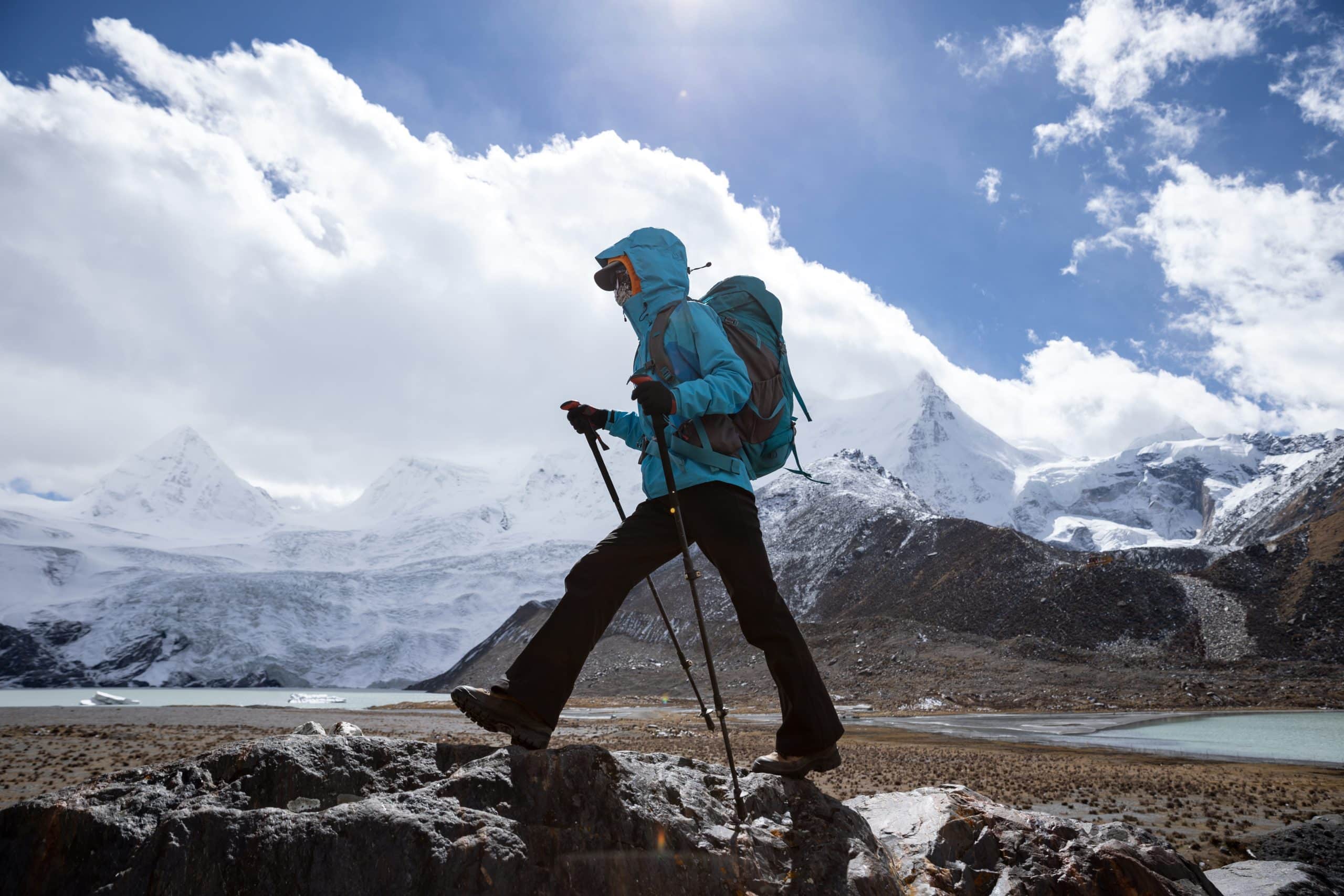Athletes around the world strive for excellence in their performance, with one method they often employ being altitude training. This technique takes advantage of the body’s physiological responses to low oxygen levels at high altitudes. To understand the impact of altitude training, we will delve into various areas, such as VO2 max, the role of oxygen in the body, and the specifics of cycling performance. In this article, you’ll learn about the implications of altitude training on athletes, particularly cyclists, and how it could potentially boost their performance.
Altitude Training: A Comprehensive Overview
Altitude training, sometimes called hypoxic training, involves athletes training at high elevities where oxygen levels are low. The concept behind this technique is that by training in such conditions, the body adapts and improves its ability to take in oxygen and deliver it to the muscles. This adaptation is believed to increase athletic performance when racing at sea level.
Dans le meme genre : How to Implement Injury Prevention Protocols in Youth Soccer Training?
The cornerstone of altitude training’s efficacy lies in the concept of ‘VO2 max’. This term refers to the maximum amount of oxygen an individual can utilize during high-intensity exercise. It is a significant measure of aerobic capacity and endurance potential in athletes, especially in cycling where the body’s ability to use oxygen effectively could mean the difference between winning or losing a race.
The Role of Oxygen in the Body
Oxygen is of vital importance to our bodies. It plays a crucial role in the production of adenosine triphosphate (ATP), the primary source of energy for cells. In an aerobic environment, our bodies can produce a significant amount of ATP, fueling our cells and, consequently, our activities.
En parallèle : Find the ideal accommodation in Alpe d'Huez for your ski holidays
When training at high altitudes, the thinner air means less oxygen is available, which makes the body work harder to produce the necessary amount of ATP for energy. Over time, this challenge forces the body to adapt by increasing the number of red blood cells, which transport oxygen to the muscles. When the athlete returns to sea level, their body, now accustomed to working with less oxygen, can use the available oxygen more efficiently, thereby boosting performance.
How Altitude Training Impacts Cycling Performance
Cycling requires a high level of aerobic fitness. A cyclist’s ability to maintain a high level of output over an extended period depends largely on their VO2 max. Therefore, strategies that can enhance a cyclist’s VO2 max, such as altitude training, are of great interest.
Research on altitude training has shown that, after spending several weeks at high altitudes, athletes, including cyclists, can increase their VO2 max. The body’s adaptation in producing more red blood cells results in a greater oxygen-carrying capacity in the blood. Consequently, cyclists can maintain higher intensities for longer periods when they return to low altitude.
The benefits of altitude training for cyclists extend beyond enhanced VO2 max. The body’s adaptations to high altitude can also improve muscle efficiency and increase endurance, making the cyclist stronger and more resistant to fatigue during races.
Health Considerations of Altitude Training
Despite the potential performance benefits, altitude training does come with health considerations. High altitude can lead to acute mountain sickness, which can cause symptoms such as headache, nausea, shortness of breath, and even disturbed sleep.
It’s essential for athletes to understand these risks and prepare adequately before engaging in altitude training. Gradual acclimatization, proper hydration, and a balanced diet can help minimize these potential adverse effects.
Moreover, while the increase in red blood cells can boost performance, it may also increase blood viscosity, which could lead to complications such as blood clots. Therefore, athletes need to monitor their health closely during and after altitude training.
Altitude training, when done correctly, can offer significant benefits for athletes, particularly cyclists, in their quest for superior performance. As with any training regimen, understanding the science behind the method, its potential benefits, and risks, is crucial in making the most out of the practice.
Altitude Training Practices: Live High, Train Low
The ‘Live High, Train Low’ paradigm is a popular method in altitude training, providing athletes with the benefits of high-altitude adaptations while not interfering with the quality of their training. Athletes live at a high altitude to promote physiological adaptations to hypoxia, while descending to sea level or low altitude for their high-intensity workouts.
In a ‘live high, train low’ scheme, cyclists spend up to 18 hours a day at high altitudes, exposing their bodies to hypoxic conditions. This exposure increases the body’s production of erythropoietin (EPO), a hormone that stimulates the formation of red blood cells. Consequently, the increased number of red blood cells enhances the oxygen-carrying capacity of the blood, improving aerobic capacity and endurance.
Meanwhile, training at a lower altitude or at sea level allows athletes to maintain the intensity of their workouts without the detrimental effects of high-altitude hypoxia. At sea level, with more oxygen available, cyclists can train at higher intensities, thereby sharpening their skills and improving their performance.
Studies such as a meta-analysis in the Journal of Applied Physiology have shown that ‘live high, train low’ strategies can enhance endurance performance by increasing VO2 max and reducing heart rate at submaximal exercise intensities. However, the ‘sweet spot’ for altitude in this method varies among individuals and depends on various factors, including the athlete’s fitness level, the duration of exposure to high altitude, and the intensity of training.
The Future of Altitude Training and Cycling Performance
As research continues to evolve, so does our understanding of altitude training’s effects on VO2 max in cyclists. While current findings affirm the benefits of altitude training and ‘live high, train low’ strategies, more studies are needed to fully comprehend the underlying mechanisms.
Scientists are exploring other aspects of altitude training, such as the impact of moderate altitude on performance, the optimal timing for competing post-altitude exposure, and the potential benefits of using hypoxic chambers to simulate high altitudes.
Furthermore, individual responses to high altitudes seem to vary and are influenced by genetic factors. Future research may focus on identifying these genetic markers to personalize altitude training programs for maximum performance benefits.
Altitude training represents an exciting frontier in sports science. When used judiciously, and with careful monitoring, it can offer cyclists a significant edge in their performance. However, athletes must remember to balance their pursuit of excellence with their health and well-being. After all, the true spirit of sport lies not just in winning, but also in promoting physical health and personal growth.
In conclusion, altitude training offers a promising method for enhancing the aerobic capacity of cyclists, potentially boosting their performance. By living high and training low, athletes can maximize the benefits of altitude training while minimizing the risks. As research advances in this field, it will continue to refine our understanding of altitude training and its impact on VO2 max in cyclists, paving the way for more effective training strategies in the future.





